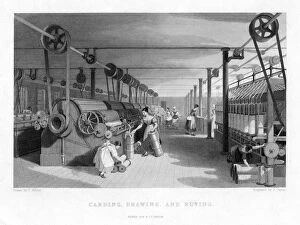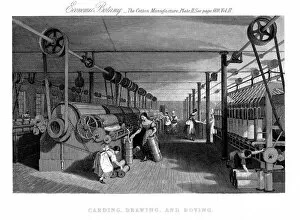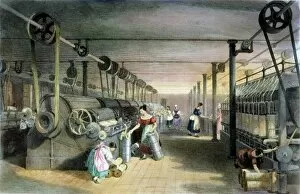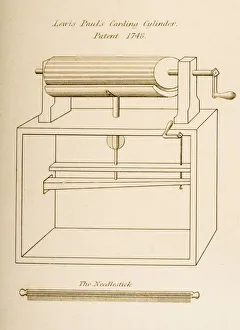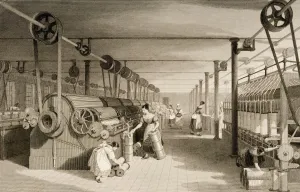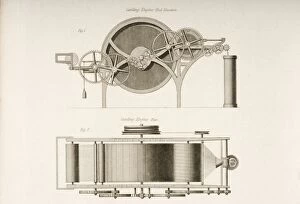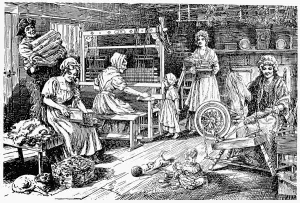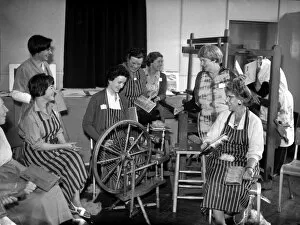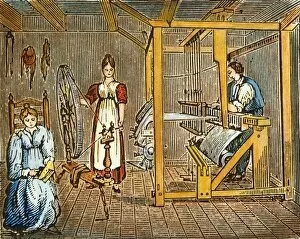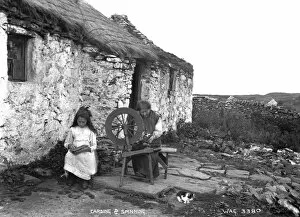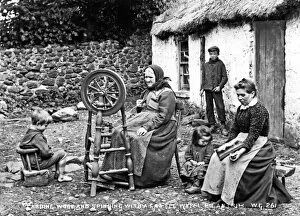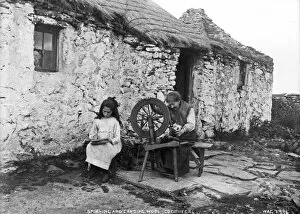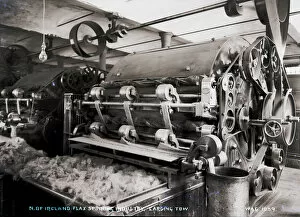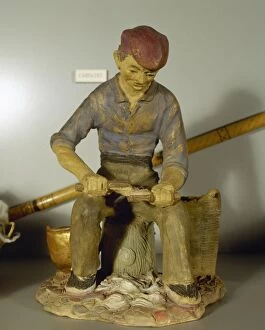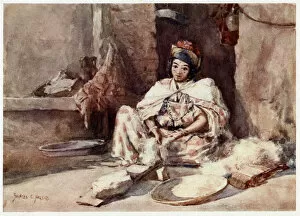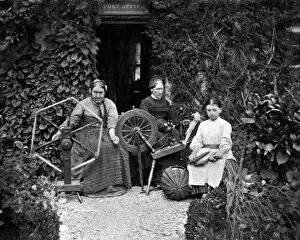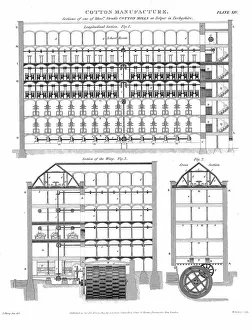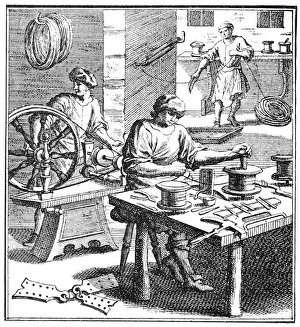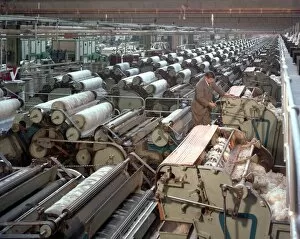Carding Collection (page 2)
"Unveiling the Art of Carding: A Glimpse into Ireland's Peasant Working Life" Step into the enchanting world of Ireland's peasant working life
All Professionally Made to Order for Quick Shipping
"Unveiling the Art of Carding: A Glimpse into Ireland's Peasant Working Life" Step into the enchanting world of Ireland's peasant working life, where scenes of labor and craftsmanship unfold. Amongst these captivating moments, carding takes center stage - a skillful process that breathes life into textiles. In the picturesque countryside, we witness artisans spinning Harris Tweed with unwavering dedication. Their nimble fingers dance across the fibers, meticulously aligning them to create a fabric renowned for its durability and elegance. Venturing further, we encounter cotton carding machinery in action within woollen mills nestled in Bradford. These mechanical marvels tirelessly perform their rhythmic dance as they transform raw cotton into soft strands ready for weaving. Artistic expressions also pay homage to this ancient craft. "Woman Carding, " an oil on canvas masterpiece, captures the grace and concentration exuded by those who wielded this essential tool. Similarly, "The Wool Carder, " an etching from c. 1850-59, immortalizes the delicate artistry involved in preparing wool for textile production. Beyond Ireland's shores lies The Isle of Lewis in Western Hebrides - home to hardworking crofters whose hands deftly manipulate carding machines amidst breathtaking landscapes. An engraving aptly titled "The Crofters of the Isle of Lewis" transports us to their world; a testament to their resilience and commitment towards preserving traditional practices. Carding extends beyond fabrics alone; it embraces other natural fibers like flax and cotton too. Through a mesmerizing black-and-white photograph entitled "Spinning Cotton, " we appreciate how this versatile vegetable fiber has revolutionized industries worldwide. Witness yet another facet through historical engravings depicting beetling, scutching, and hackling flax - methods integral to linen production that have stood the test of time.


